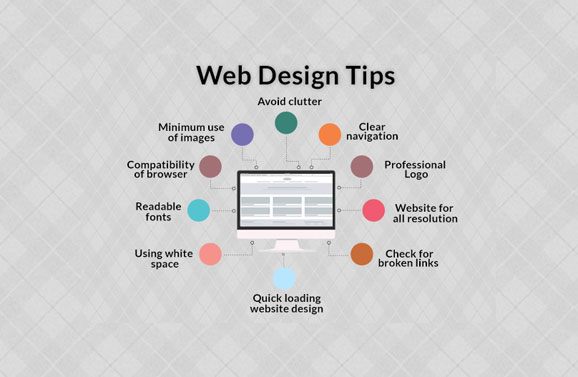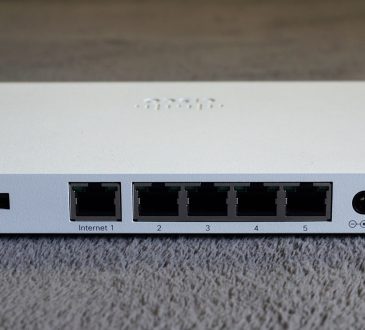
Effective website design is judged by users instead of the owners. A lot of factors impact a site’s usability and aside from the form, the function also matters.
Poorly-designed websites perform poorly and have sub-optimal Google Analytics metrics. So, what exactly makes effective web design? Keep reading to know the answer:

Clear Purpose
Whether a site expects to have web visitors looking for information, some kind of interaction, entertainment, or business transaction, it is important to have pages with a clear purpose. Also, website pages must fulfill a certain need for users effectively.
Effective Communication
People who use the internet want information quickly, so websites must be able to communicate clearly and have information easy to read and digest. Effective web design focuses on organizing information using headlines and sub-headlines, utilizing bullet points, and including a compelling call-to-action.
Appropriate Typefaces
Generally, Sans Serif fonts like Arial and Verdana are easier to read online. Ideally, the font size should be 16px and it is important to stick to a maximum of 3 typefaces in 3 point sizes for a streamlined design.
Well-Thought-Out Color Palette
Complementary colors make balance and harmony. The use of contrasting colors of the text and background will make reading easier on the eye. Some websites use vibrant colors to create emotion but they must be used sparingly such as for call-to-actions and buttons. Lastly, white space/negative space offers a website a contemporary and uncluttered look.
Appropriate Images
Picking the right images for a website can help position a brand and connect with its target audience. High-quality professional photos are always recommended, but stock photos can also be bought to flit a site’s appearance. Infographics are also used as a means to effectively communicate a message.
Easier Navigation
Navigation refers to how easy it is for site visitors to take action and move around the site. Effective navigation includes the use of a logical page hierarchy and bread crumbs, as well as designing clickable buttons and following the “three-click rule.” The rule means users can find the information they need within three clicks.
Increased Load Time
Nobody likes a website that takes a long time to load. To make page load times more effective, you can optimize image sizes, combine code into a central CSS or JavaScript file, and minify HTML, JavaScript, and CSS.
Mobile-Friendliness
These days, it is common for people to access websites from several devices with multiple screen sizes. This makes it essential to have a mobile-friendly website. A website with a responsive layout will adjust to various screen widths.




